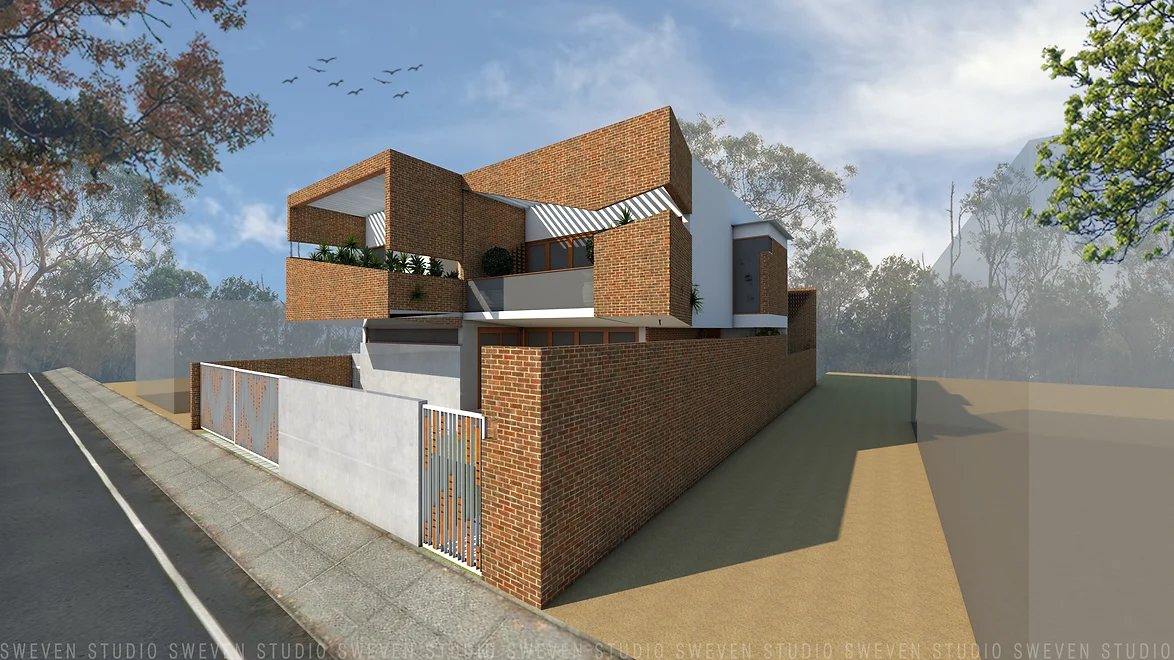Office
New Bel Road
Bangalore , Karnataka
India (560054)

Contact : +91 9632587562
Residential architecture is a vital component of the built environment, influencing not only the aesthetics and functionality of homes but also the quality of life for their inhabitants. It encompasses a wide range of styles, materials, and design philosophies, each reflecting the cultural, economic, and environmental contexts in which homes are built. From traditional cottages and townhouses to modern apartments and sprawling suburban houses, residential architecture continually evolves to meet changing needs and preferences.
Historically, residential architecture has been shaped by available materials and local climates. For example, the adobe homes of the American Southwest are well-suited to hot, dry conditions, while the steeply pitched roofs of Northern European cottages efficiently shed snow and rain. These designs not only provided shelter but also adapted to their environments in ways that modern homes continue to learn from.
In the 20th century, advancements in technology and changes in social norms significantly influenced residential architecture. The advent of industrially produced materials such as steel and concrete allowed for new forms and styles. The rise of the automobile led to the development of suburbs, with their distinctive single-family homes, lawns, and garages. This period also saw the emergence of iconic architectural styles such as Art Deco, Mid-century Modern, and the International Style, each leaving a lasting impact on residential design.
Modern residential architecture often emphasizes sustainability and energy efficiency. With growing awareness of environmental issues, architects are increasingly incorporating green building practices and renewable energy sources into their designs. Passive solar heating, green roofs, and high-performance insulation are just a few of the features that help reduce a home's environmental footprint. Additionally, the use of sustainable materials, such as reclaimed wood and recycled metal, reflects a broader commitment to ecological responsibility.
The concept of smart homes represents another significant trend in contemporary residential architecture. Integrating advanced technology into home design allows for greater convenience, security, and energy efficiency. Smart thermostats, automated lighting systems, and home security networks can be controlled remotely, enhancing both comfort and control for residents. These technologies not only improve the user experience but also contribute to more efficient energy use and resource management.
Social changes also play a crucial role in shaping residential architecture. The increasing popularity of remote work, for instance, has led to a demand for home offices and flexible living spaces. Multi-generational living arrangements are becoming more common, prompting architects to design homes that can accommodate extended families under one roof. These designs often include separate living quarters, additional bathrooms, and communal areas that foster interaction while allowing for privacy.
Urbanization presents both challenges and opportunities for residential architecture. In densely populated cities, the demand for housing often exceeds supply, leading to the development of high-rise apartment buildings and mixed-use developments. These structures must balance the need for density with the desire for livable, human-scaled environments. Innovative solutions, such as vertical gardens and communal spaces, help create a sense of community and connection in urban settings.
Cultural factors also deeply influence residential architecture. Homes are not just physical structures; they are spaces where traditions are practiced, and identities are formed. In many cultures, the layout and features of a home are designed to accommodate specific customs and social practices. For instance, in many Asian cultures, homes may include spaces for ancestor worship or Feng Shui principles that dictate the arrangement of rooms and furniture to promote harmony and balance.
The aesthetic appeal of residential architecture is another important consideration. While functionality and sustainability are critical, the beauty of a home contributes significantly to the well-being of its occupants. Architectural styles range from the minimalistic and clean lines of modern design to the ornate and intricate details of classical architecture. The choice of style often reflects personal tastes and cultural heritage, making each home unique.
In conclusion, residential architecture is a dynamic field that intersects with various aspects of life, from environmental sustainability and technological advancements to social changes and cultural traditions. As architects continue to innovate and respond to new challenges, the homes they design will undoubtedly continue to evolve, shaping and being shaped by the lives of those who inhabit them. The future of residential architecture promises to be as diverse and multifaceted as the people it serves, continually striving to create spaces that are functional, sustainable, and beautiful.